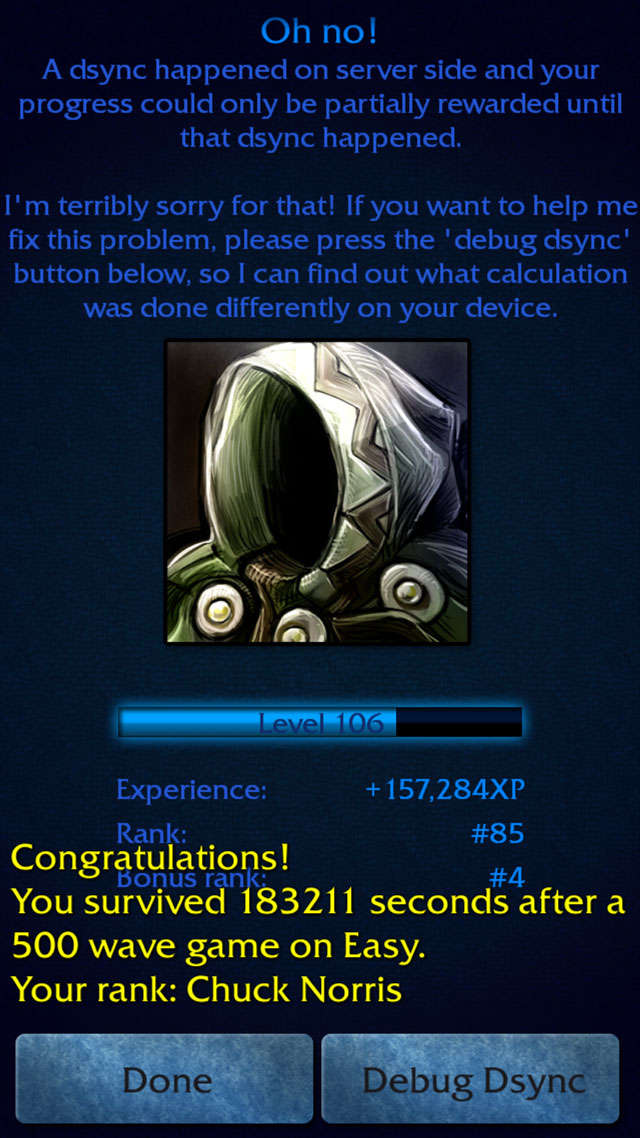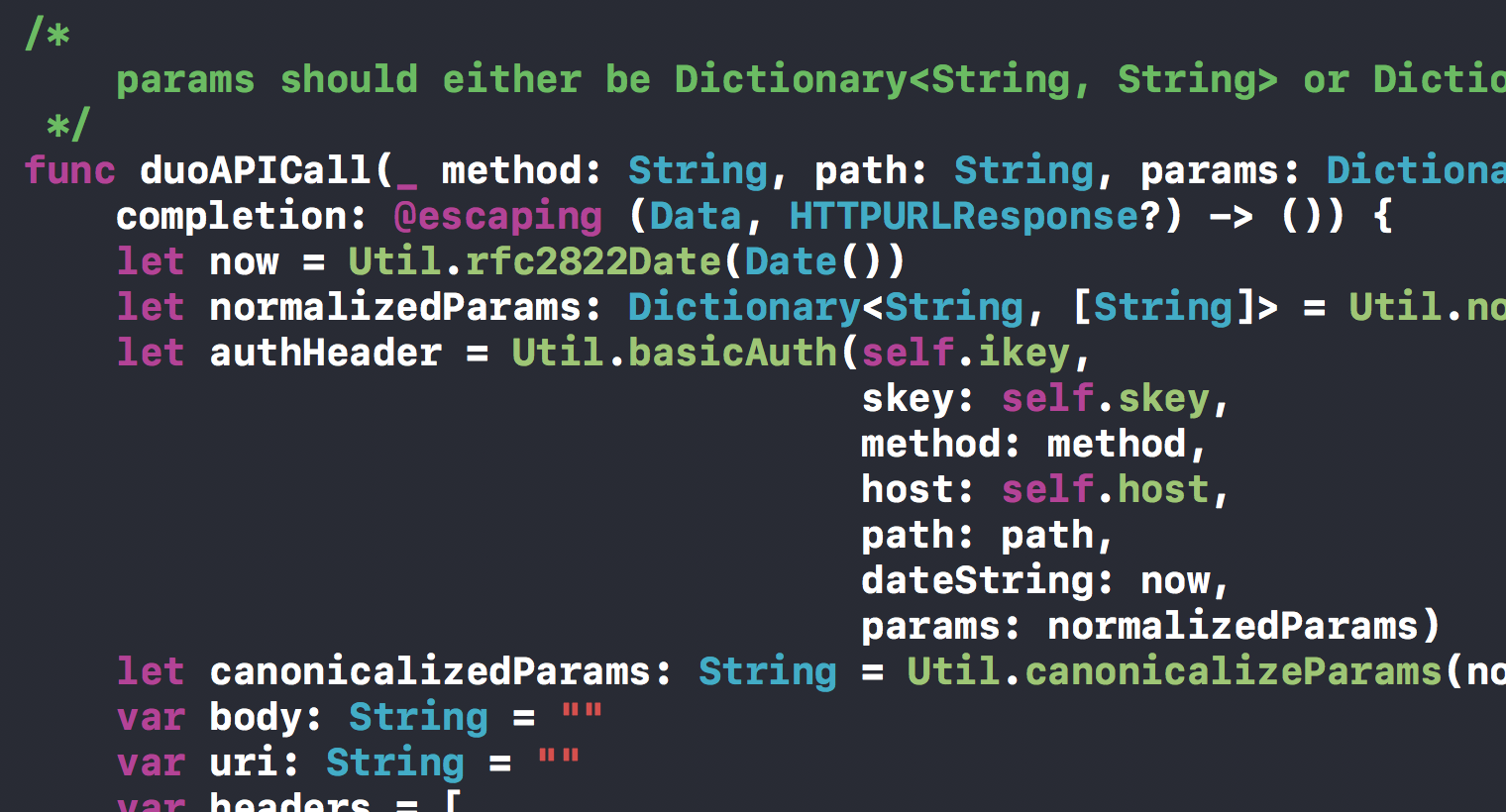

this list of async frames is the runtime representation of a continuation.this also means that the stack frame can be (and is) safely destroyed.since all information that is maintained across a suspension point is stored on the heap, it can be used to continue execution at a later stage.suppose the execution of an async function is suspended, and the thread is reused to do some other useful work instead of being blocked.instead of adding new stack frames across function calls, the top most stack frame is replaced when any variables that will be needed in the future will already have been stored in the list of async frames.the async function frame in the heap) store information that does need to be available across suspension points async functions will also have an associated frame stored in the heap.like for non-async functions, the stack frame stores local variables that do not need to be available across suspension points (a.k.a.Once the function finishes executing and returns, its stack frame is popped.This newly created stack frame can be used by the function to store parameters, local variables, the return address, and any other information that is needed.When the thread executes a function call, a new frame is pushed onto its stack.Every thread in a running program has one stack, which it uses to store state for function calls.How await is designed to ensure efficient suspension and resumption the Task tree - tracking of dependencies in Swift task modelġ.await does not block the current thread while waiting for results from the async function - Instead, the function may be suspended and the thread will be freed up to execute other tasks.Two of Swift's language-level features that enable us to maintain this runtime contract: Swift's concurrency model and the semantics around it have therefore been designed with this goal in mind. In order to achieve this behavior, the operating system needs a runtime contract that threads will not block, and that is only possible if the language is able to provide us with that.
#DSYNC SWIFT FULL#


#DSYNC SWIFT HOW TO#
We’ll explore how Swift tasks differ from Grand Central Dispatch, how the new cooperative threading model works, and how to ensure the best performance for your apps. Description: Dive into the details of Swift concurrency and discover how Swift provides greater safety from data races and thread explosion while simultaneously improving performance.


 0 kommentar(er)
0 kommentar(er)
